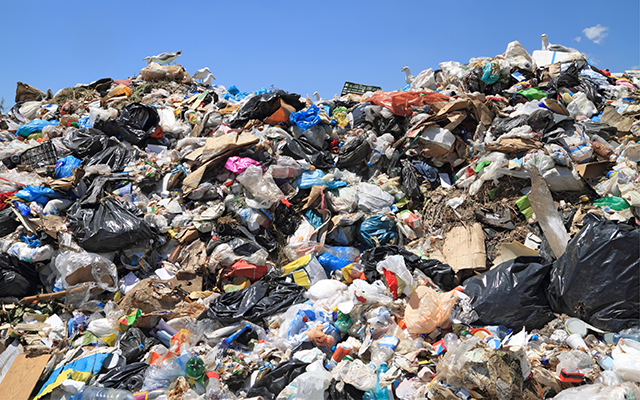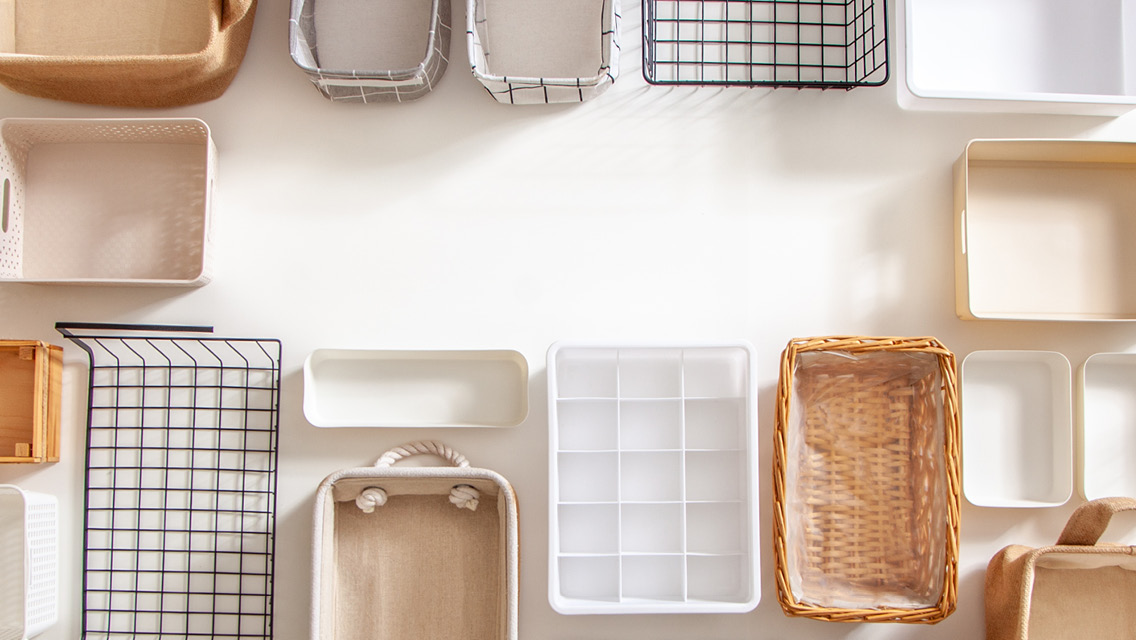You’ve likely heard about the giant islands of plastic floating in the Pacific, Atlantic, and Indian Oceans. These patches are composed of microplastic particles that have degraded over time and are mixed with refuse that includes discarded water bottles, bags, shoes, fishing nets, and even computer monitors.
Formed when refuse gets drawn into the center of calm gyres, or massive circular currents, these islands contain an estimated 269,000 tons of plastic, which add up to a huge problem for fish, birds, and marine mammals that ingest the particles or get trapped in the detritus.
After three years of mapping the ocean midway between California and Hawaii — what’s known as The Great Pacific Garbage Patch — international scientists at The Ocean Cleanup Foundation have found that the trash “island” scattered about the ocean is about 16 times larger than initially thought.
The notorious mess of waste occupies about 1.5 million square kilometers (618,000 square miles), which is roughly three times the size of France, and contains 1.8 trillion pieces of plastic.
The findings, published in Nature, also indicate that microplastics — which were thought to be one of the largest components of the “island” — comprise only about 8 percent of its mass.
Using satellite imagery and nets to trawl the area, researchers found that most of the trash is large debris — like toys, plastic bottles, and abandoned fishing nets — ready to decompose into microplastic as well as some rubber and glass.
“It’s just quite alarming, because you are so far from the mainland,” Laurent Lebreton, lead author and oceanographer, told the New York Times.“There’s no one around and you still see those common objects, like crates and bottles.”
Plastic pollution is so widespread in our oceans that the United Nations launched its Clean Seas initiative in February 2017 to tackle the problem. Find out what you can do at www.cleanseas.org; tips include avoiding personal-care products with microbeads, rejecting plastic shopping bags and water bottles, and more.
The Ocean Cleanup Foundation is also creating a mechanized system that can collect the larger pieces of debris into sections that could then be picked up by boats and recycled back on shore.
Trash Islands by the Numbers
8,000,000: Metric tons of plastic garbage that ends up in our oceans each year.
300,000,000: Tons of new plastic produced annually.
5%: Percentage of postconsumer plastic recycled in the United States. The average American discards 185 pounds of plastic annually.
This article has been updated. It originally appeared as “Our Oceans’ Growing Garbage Islands” in the June 2017 print issue of Experience Life.




This Post Has 0 Comments